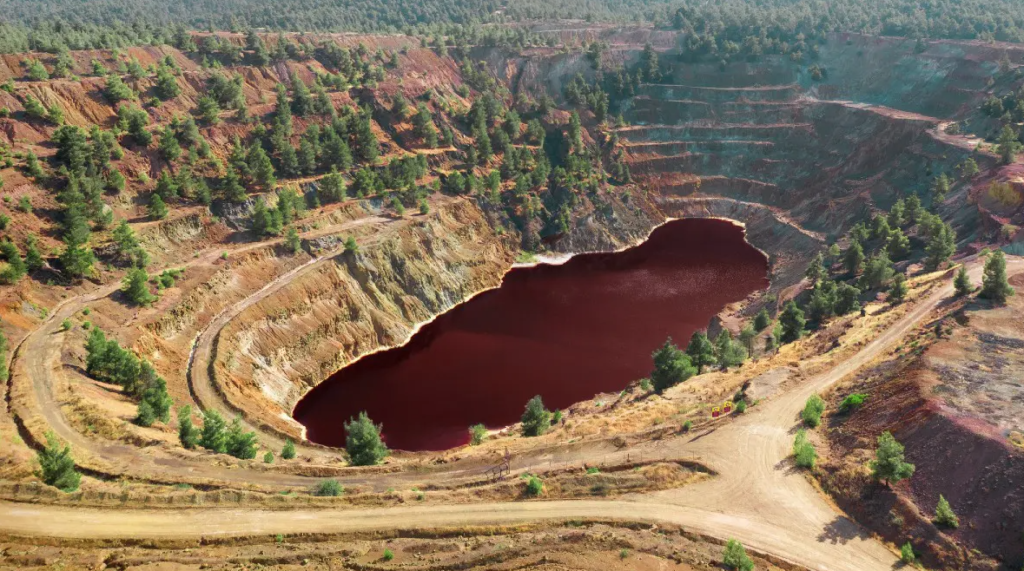A circular solution for the recovery of critical raw materials from mines
(sustainabilityenvironment.com) – The energy transition is hungry for minerals and rare earths, Global supply chains are exposed to an unprecedented level of stress, and international tensions are not calming the climate and triggering a rush for commodity grabbing across the global North. In this context, the recovery of critical raw materials is an almost obligatory path.
Europe, for example, has decided to follow this path with its strategy on Critical Raw Materials. Introduced in 2020 and perfected the following year, it includes a chapter dedicated to the circular use of resources. And in this direction goes a study of the Ohio State University published recently in the journal Environmental Engineering Science.
Circular mines
Researchers at the American University have studied a way to kill two birds with one stone: ensuring the recovery of critical raw materials from one of the most complex pollution sources to manage, namely the acid drainage of mines.
What is it about? Both open and underground mining sites tend to be flooded by rainwater or groundwater. In the process, water becomes contaminated with substances found in mines, typically becomes an extremely acidic environment, and has a very negative impact on both ecosystems and human health.
It is a type of pollution that can last for decades and affect very large areas because it follows the surface and underground hydrography of the region in which it occurs. For this reason, the drainage water must pass through a purification process.
A new solution for the recovery of critical raw materials
But this process can be exploited to collect all those minerals and metals that have valuable uses in technologies for transition. The Ohio State University team has developed a system to process contaminated water and recover rare earths. “Rare earths like yttrium, for example, are necessary components of electronics, computers and other gadgets that we use daily,” explains Jeff Bielicki, co-author of the study and associate professor of civil engineering, John Glenn College of Public Affairs at Ohio State University.
The advantage of the system invented by American researchers -called trap-extract-precipitate (TEP)- is that it adopts a passive approach to the treatment of acidic water -therefore does not require the use of new chemicals, is more expensive- and uses other waste materials. Specifically, it uses a combination of alkaline industrial by-products, including materials such as a mixture of lime, coal ash and calcium sulphite, from wet scrubbing to remove sulphur dioxide from coal-fired power plant fumes, and sludge from water treatment plants to neutralise drainage water and capture rare earths. Among those he is able to recover are neodymium, terbium and europio.

